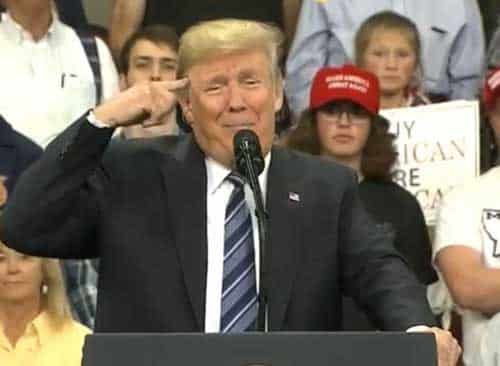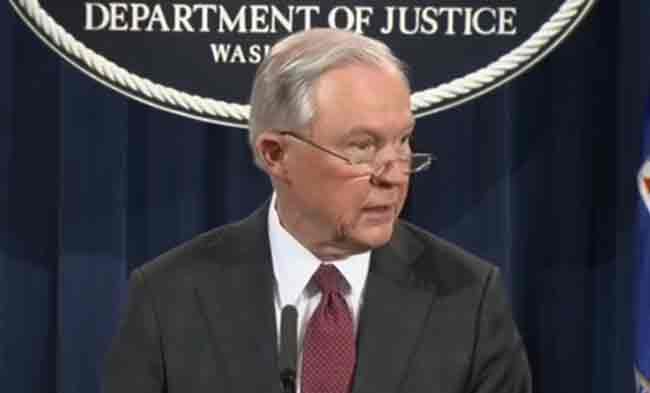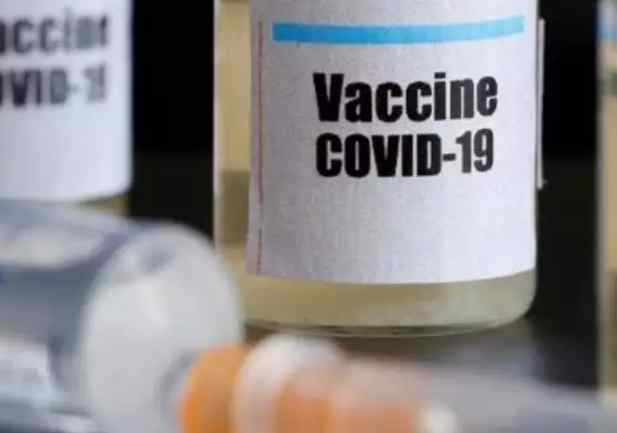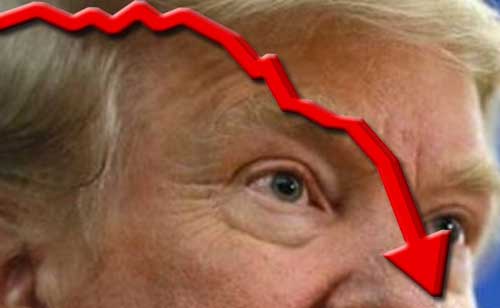[dropcap]A[/dropcap] multi-pronged crackdown on the press continued throughout 2018, the Committee to Protect Journalists concludes in a report published Thursday. Imprisonment, intimidation and allegations that journalists produce “fake news” surged in 2016, when U.S. President Donald Trump won the election, CPJ found.
Trump has been a vocal critic of the press, often chastising journalists as “very dishonest people.”
The number of journalists in jail dipped 8 percent, from 272 in 2017 to 251 this year. But that doesn’t mean the situation has improved, Angela Quintal, CPJ’s Africa program coordinator, told VOA.
The numbers fluctuate and may not reflect every imprisoned journalist. They also remain markedly higher than just a half-decade ago.
More importantly, targeting a single journalist can have far-reaching repercussions.
“The effects are not only, obviously, [on] the journalists themselves and their families and their colleagues, but we really are talking about the effect on citizens as a whole,” Quintal said.
[content id=”79272″]
CPJ’s report highlighted several bright spots.
In Ethiopia, which has experienced dramatic reforms under new leader Prime Minister Abiy Ahmed, no journalists are currently known to be imprisoned, for the first time in 14 years.
Improvements in some countries, however, don’t necessarily rub off on others.
“Unfortunately, neighboring Eritrea remains the highest jailer of journalists in sub-Saharan Africa, with 16 journalists behind bars as we speak,” Quintal said.
Worldwide, report author Elana Beiser, CPJ’s editorial director, singled out China, Egypt, and Saudi Arabia as trouble spots, highlighting how wide-ranging efforts to silence journalists have become.
In sub-Saharan Africa, Quintal’s region of focus, Cameroon, where seven journalists are in jail, is a new country of concern. At least four of those journalists faced false news charges in what Quintal called “a huge, huge setback.”
Overall, more than two dozen journalists have been charged with publishing false news, mainly in Africa.
Accusations and imprisonments can propel self-censorship, with profound effects on citizens’ right to information.
“When you see your colleagues being jailed, when you see them accused of so-called fake news, when they’re being arrested on false news charges,” Quintal said, “it does, obviously, have a chilling effect.”
Quintal herself was targeted, along with colleague Muthoki Mumo, in Tanzania last month.
Despite having an invitation letter from the Media Council of Tanzania, the two, both former journalists, were detained and interrogated.
Quintal, from South Africa, and Mumo, from Kenya, were kept in custody for five hours.
“We were lucky because we were able to leave Tanzania,” Quintal said, contrasting her experience to journalists in the country who have gone missing or continue to face intimidation.
“The abusive nature of what happened to us showed the world the true nature of what is going on in Tanzania at the moment,” she added.
Quintal and Mumo’s case was unusual. Governments tend to target their own citizens, and journalists imprisoned by their governments make up 98 percent of cases, CPJ concluded. They also found that 13 percent of journalists in jail are women, an 8 percent increase from 2017.
Despite worrying signs, there is room for optimism, Quintal said.
When new leaders come to power, she said, human rights and press freedoms can improve very quickly.
Quintal pointed to The Gambia as one example, where the new president, Adama Barrow, has created space for journalists to work without fear of reprisal.
Tuesday, Time magazine selected journalists who have been targeted for doing their work, the “guardians” of truth, as their Person of the Year.
Source: VOA







